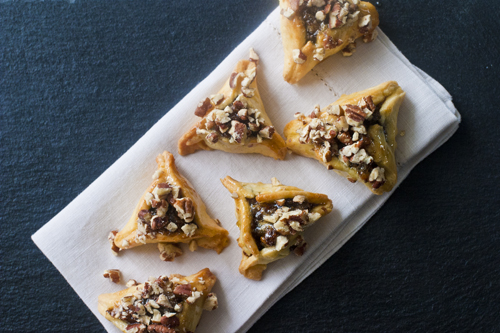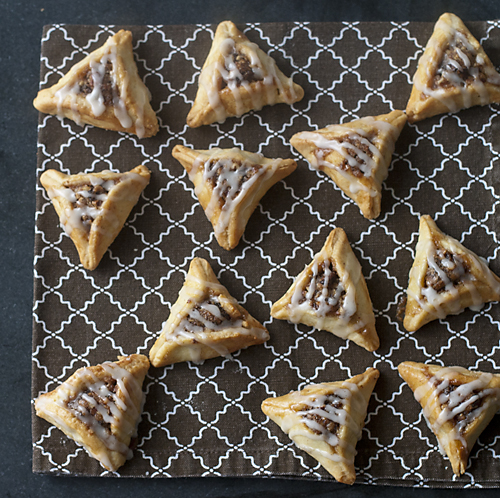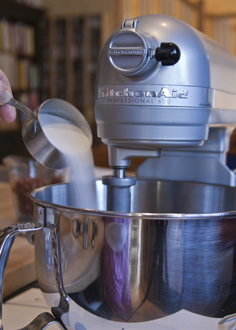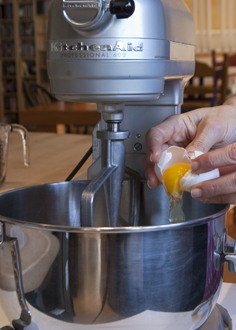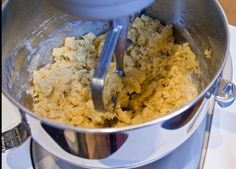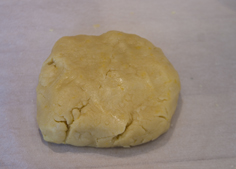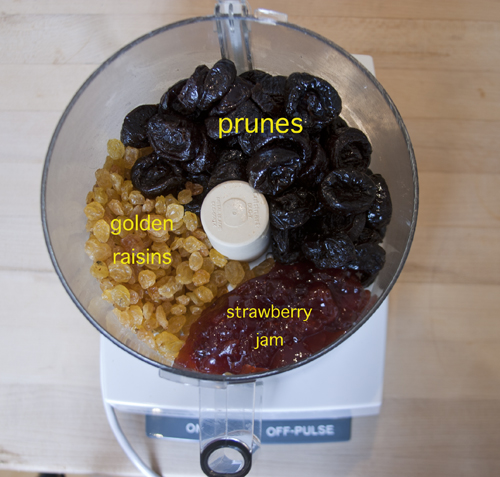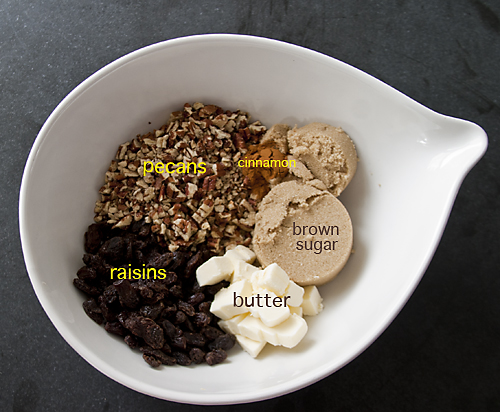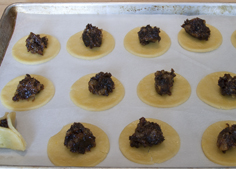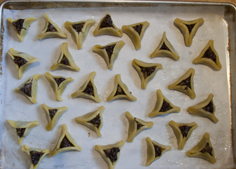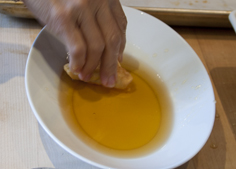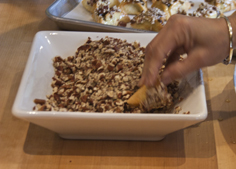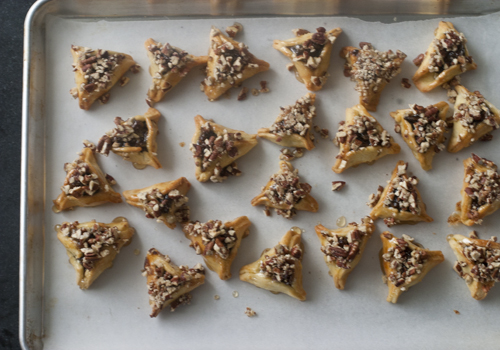Purim begins this week at sundown on Wednesday March 7. For those not familiar with this Jewish holiday, I present to you a basic primer, my version of Purim 101. Essentially, the Festival of Purim commemorates a time when the Jewish people living in ancient (4th century BCE) Persia were saved from extermination. As in every good story you have your heroes and your villans.
The heroes of the story are Esther, a beautiful young Jewish woman living in Persia (now known as Iran), and her cousin Mordecai, who raised her as if she were his daughter. Esther was taken to the house of Achashveirosh, King of Persia, to become part of his harem. King Achashveirosh loved Esther more than his other women and made Esther his queen. Like all intelligent wives, she kept a thing or two about herself hidden from her husband. Upon advice from her cousin Mordecai, she kept her Jewish identity a secret from the King.
Our story’s villan is Haman, a rather arrogant, egotistical advisor to the King. The King appointed Haman as his Prime Minister. Haman had a particular hate-on for Mordecai because Mordecai refused to bow down before Haman every time he passed by. Rather than seeking to destroy Mordecai alone for this slight, Haman decided to take revenge on the entire Jewish population living in the Persian empire. Haman told the king, “There is a certain people scattered abroad and dispersed among the peoples in all the provinces of your realm. Their laws are different from those of every other people’s, and they do not observe the king’s laws; therefore it is not befitting the king to tolerate them.” (Esther 3:8.)
The King gave Haman permission to do as he pleased. Haman’s plan was to exterminate all of the Jews. He legislated a pogrom that would exterminate every living Jew in the kingdom on a single day. Haman chose the date for the extermination, the 14th day of the Hebrew month of Adar, by casting lots, or dice. The Persian word for lots is pur, hence the name Purim.
Nothing got past Queen Esther. She had her finger on the pulse on the kingdom. Somehow she overheard this plot to annihilate all the Jews. She consulted her cousin Mordecai and he persuaded Esther to speak to the king on behalf of the Jewish people. This was a dangerous thing for Esther to do, because anyone who came into the king’s presence without being summoned could be put to death, and she had not been summoned. She told him of Haman’s plot against her people and somehow convinced him to save the Jewish people. We’re never told exactly how she convinced him, but there are rumours! The Jewish people were saved, and Haman and his ten sons were hanged on the gallows that had been prepared for Mordecai.
The holiday of Purim focuses on the pleasures of food and drink, more than any other Jewish holiday. It is a time for celebrating and letting go. In fact, traditional Jewish learning requires a person to drink until he cannot tell the difference between “cursed be Haman” and “blessed be Mordecai,” though opinions differ as to exactly how drunk that is. The traditional Purim treat is a little triangular cookie typically filled with a fruit or poppy-seed filling. The shape supposedly represents Haman’s three-cornered hat.
I grew up in Toronto, and in our family Purim was celebrated with hamantashen from Open Window Bakery. They were huge with a hard, crumbly cookie dough exterior and either a prune or poppy-seed filling. My sisters and I fought over the poppy-seed ones. (Mom, why did you even bother buying the prune ones?)
When I met my spouse I was introduced to Ottawa-style hamantashen.They were tiny little triangles of dough filled with a prune and raisin filling, dipped in honey and walnuts. Talk about culture shock. My husband’s aunts, Jenny and Carol, supplied the family with their version of hamantashen. After living in Ottawa for almost 21 years now, I have to admit they’ve grown on me. I actually look forward to receiving my little package from my Aunt Carol. Every March she goes into factory mode and produces vast quantities of hamantashen to send to her nearest and dearest across the universe. I convinced her to share her recipe with me and I’ve scaled it down in case you don’t need to supply an army.
For the non-conformists among you, and you know who you are, I’m also including two recipes for Cinnamon Bun Hamentashen. One encases the filling in an almond shortbread dough, the second encases the filling in a more traditional (Aunt Carol’s) dough.
I created these a few years ago, in an effort to come up with a few different fillings. One of my more successful experiments featured Hershey’s caramel kisses wrapped in chocolate dough. Possibly my biggest failure was a flaky dough which I filled with brie, toasted pecans and brown sugar. These little triangles looked very pretty before they went into the oven but no matter how hard I pinched the corners, they opened up during baking and the cheese oozed all over and the pecans burned. Not very appealing.
Because I clearly have no life, I created this little video, complete with musical score (courtesy of Michael Frank’s classic tune, “Popsicle Toes”!), to show how the Hamentashen are formed.
The dough for the hamentashen comes together fairly quickly. Sugar, eggs, vegetable oil, flour, baking powder and salt. Remove the dough from the mixer when it is still crumbly and use your hands to do the final bit of kneading.
Aunt Carol’s filling comes together by pulsing all the ingredients in the food processor into a coarse paste.
The cinnamon bun hamentashen filling are easily mixed together by hand.

